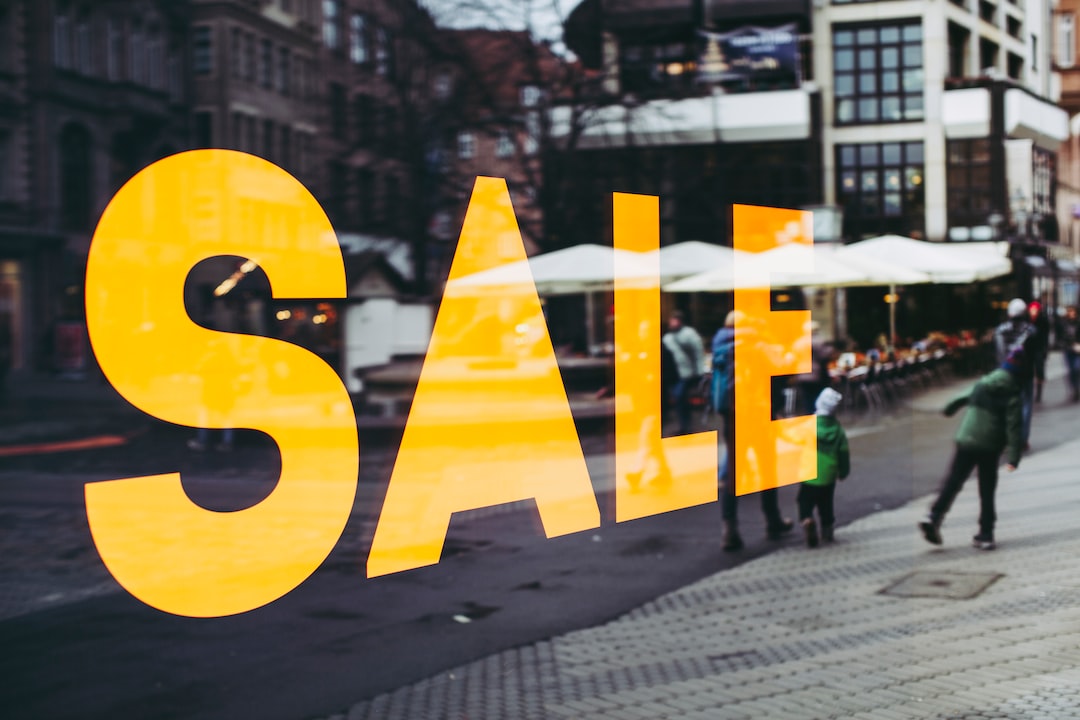The Psychology of Color: How It Influences Our Shopping Habits
When we step into a store or browse through an online shopping website, colors surround us everywhere. From the background of the webpage to the product packaging, colors play a crucial role in influencing our shopping habits. In the fascinating field of psychology, researchers have been studying the impact that colors have on human emotions and behavior for years. Understanding the psychology of color is essential for marketers and business owners to create effective advertising campaigns and engage customers in a meaningful way. In this blog post, we delve into the intriguing relationship between color and consumer behavior.
Before we explore the effects of specific colors, it is important to understand that different hues evoke different emotional responses in people. Colors can be broadly categorized into warm and cool tones. Warm colors such as red, orange, and yellow are known to stimulate emotions like enthusiasm, excitement, and energy. On the other hand, cool colors like blue, green, and purple have a calming effect and are associated with trust, reliability, and serenity. These basic color categories form the foundation of consumer psychology when it comes to shopping.
Red, a color symbolizing passion and power, is commonly used in advertising campaigns to attract attention and create a sense of urgency. Retailers often use red-colored sale signs to encourage impulsive purchases as it triggers excitement and a feeling of urgency among customers. McDonald’s famous golden arches, painted in red and yellow, evoke feelings of hunger and craving, influencing consumers to make quick food choices.
Moving on to blue, a color often associated with trust and reliability, it is commonly found in corporate logos and branding materials. Financial institutions often use blue as their primary color to convey a sense of security and dependability. Studies have shown that blue has a calming effect on our minds, which is beneficial when making decisions involving money or investments. It is no wonder that major banks and insurance companies use blue as a dominant color in their marketing materials.
Another intriguing color is green, which is frequently seen in branding related to nature, health, and wealth. Green represents growth, renewal, and harmony, making it a popular choice for eco-friendly and health-related products. In the retail industry, green is often utilized to communicate that a product is environmentally friendly or made from sustainable materials. Consumers also associate green with wealth and affluence, which is why many luxurious brands incorporate green into their logos and packaging.
Yellow, a color associated with happiness and positivity, instantly catches the eye. Retailers often use yellow to create a sense of optimism and to attract attention. The color yellow is commonly found in window displays and signage, as it naturally grabs people’s attention and encourages them to explore the store further. Brands like McDonald’s and Shell incorporate yellow into their logos and store designs to evoke positive emotions and a welcoming atmosphere.
Lastly, we have purple, a color that represents luxury, extravagance, and creativity. Purple is often used by high-end brands to portray exclusivity and sophistication. It is associated with royalty and is known to stimulate creativity and imagination. Luxury brands like Cadbury and Milka chocolates utilize purple packaging to enhance the perception of their products and attract discerning customers seeking indulgence and quality.
While these are some of the traditional associations with colors, it is important to note that cultural differences also play a role in color preferences and interpretations. For example, in Western cultures, white represents purity and innocence, while in Eastern cultures, it is associated with mourning and funerals. It is crucial for businesses to consider cultural sensitivities to avoid unintended negative perceptions.
In conclusion, colors have a profound impact on our emotions and behaviors, especially when it comes to shopping. Understanding the psychology of color and harnessing its power allows marketers and business owners to create engaging advertising campaigns, influence consumer decisions, and ultimately drive sales. Whether it is the excitement evoked by red, the trust inspired by blue, or the innovation associated with purple, colors have the ability to influence our shopping habits in subtle yet powerful ways. So, the next time you find yourself attracted to a product or store, take a moment to reflect on the colors surrounding you and how they might be shaping your purchasing decisions.

